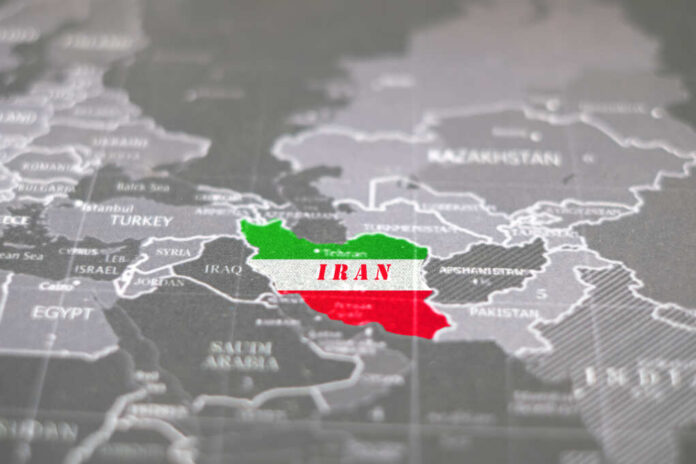
Iran has unveiled the Qassem Basir ballistic missile, claiming it can strike U.S. bases worldwide should tensions with the United States escalate.
At a Glance
- Iran reveals the Qassem Basir missile capable of targeting U.S. bases 1,200 kilometers away.
- This missile boasts precision without relying on GPS guidance.
- Iran’s missile launch comes amid heightened tensions over its nuclear ambitions.
- General Nasirzadeh insists the missile can bypass U.S. defense systems.
Iran’s Missile Threat Overshadows U.S. Diplomacy Efforts
Amid escalating tensions, Iranian authorities aired the launch of the new Qassem Basir ballistic missile. On national television, General Aziz Nasirzadeh confirmed the testing of the missile, which handled precision strikes without the need for satellite guidance. Capable of a reach of 745 miles, the missile promises an ability to outmaneuver enemy defenses. Nasirzadeh emphasized their commitment to regional peace yet marked U.S. bases as fair game if defense turns to hostility.
This announcement coincides with the United States expressing concerns over Iran’s military capabilities and nuclear program. Iran insists on its peaceful intentions, yet warns its military is poised to respond decisively if provoked. The missile program development stems from historic conflicts, notably the Scud missile threat from Iraq during past wars, driving Iran’s pursuit of a sophisticated arsenal.
Unyielding Stance from Tehran Amid International Pressure
The missile revelation follows interruptions in nuclear talks between Iran and the U.S. Diplomatic sessions scheduled in May have stalled, continuing a lengthy history of strained relations between the two nations. President Donald Trump has previously declared possible military responses if diplomatic talks fail to yield a satisfactory nuclear deal.
“We have no hostility toward neighboring countries and seek brotherly relations, but in the event of an attack, US bases in the region will be considered legitimate targets.” – Gen. Aziz Nasirzadeh
The missile’s unveiling signals a new era in Tehran’s defense narrative amid evolving diplomatic engagements. Former diplomat Amir Mousavi described Iran’s maneuvering as a strategy to veer policies suited to its interests while maintaining an antagonistic posture towards potential adversaries like the U.S. and Israel.
Escalation in Regional Tensions
The inaugural launch comes after a missile assault by Yemen’s Houthis on Israeli territory, wherein regional turbulence is further underscored by accusations of Iranian backing for the Houthis. President Trump has cautioned against Iran’s growing sway by proxy forces in conflicts across the Middle East. With Israeli support for Trump’s approach growing, Prime Minister Netanyahu draws correlations between the Houthi aggression and Iranian intervention.
As tension mounts, Iranian officials warn that a slide toward nuclear weapon capability becomes increasingly probable, setting the stage for a volatile geopolitical landscape. In an environment of shifting alliances and persistent distrust, the unveiling of the Qassem Basir missile heightens international scrutiny toward the Middle Eastern powerhouse.




















